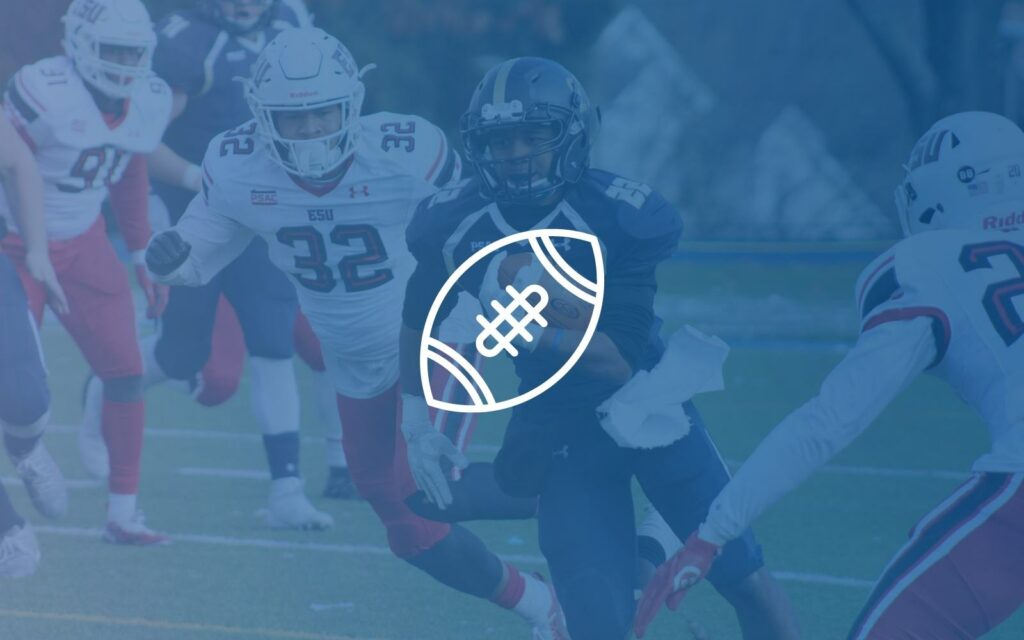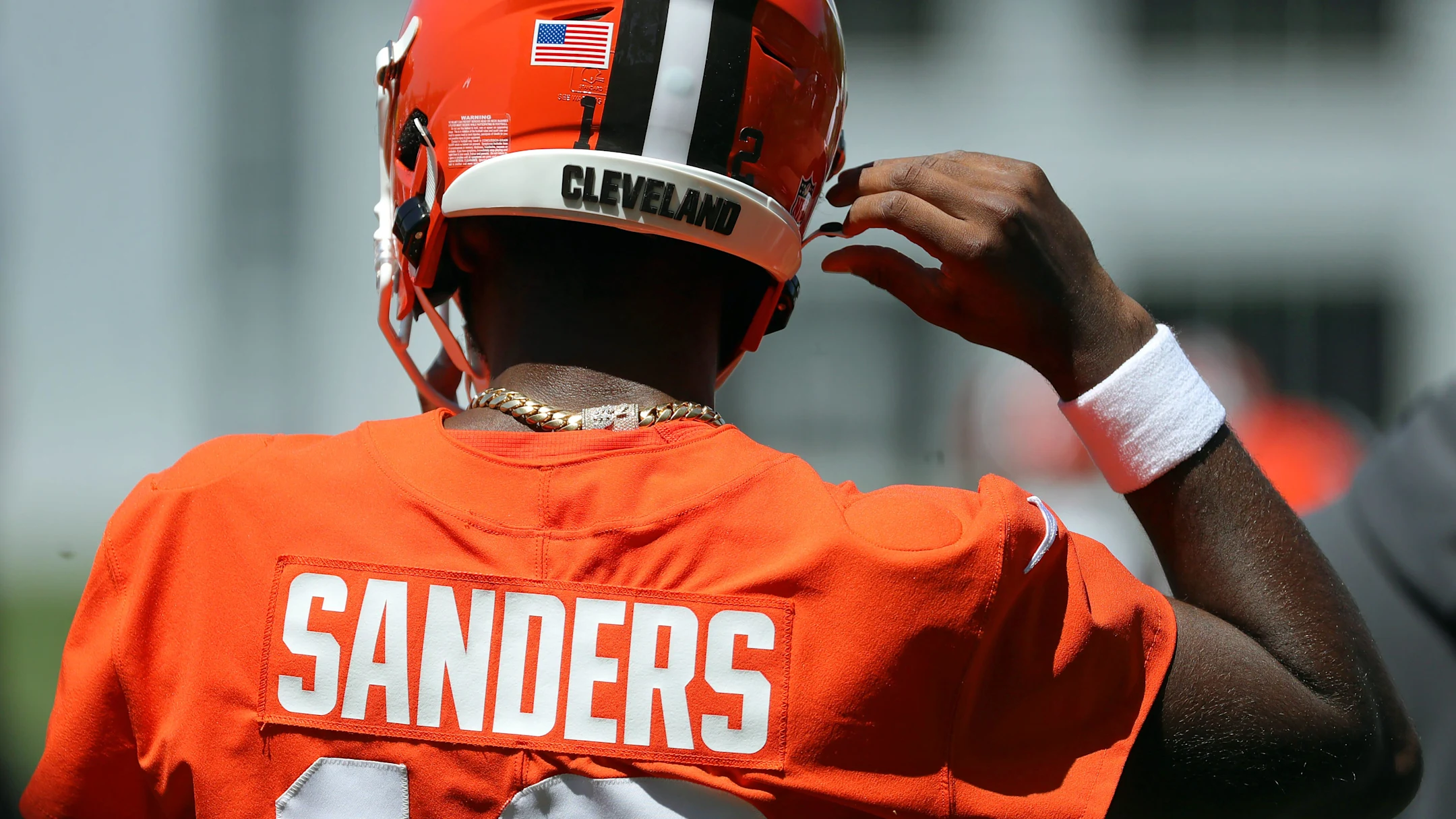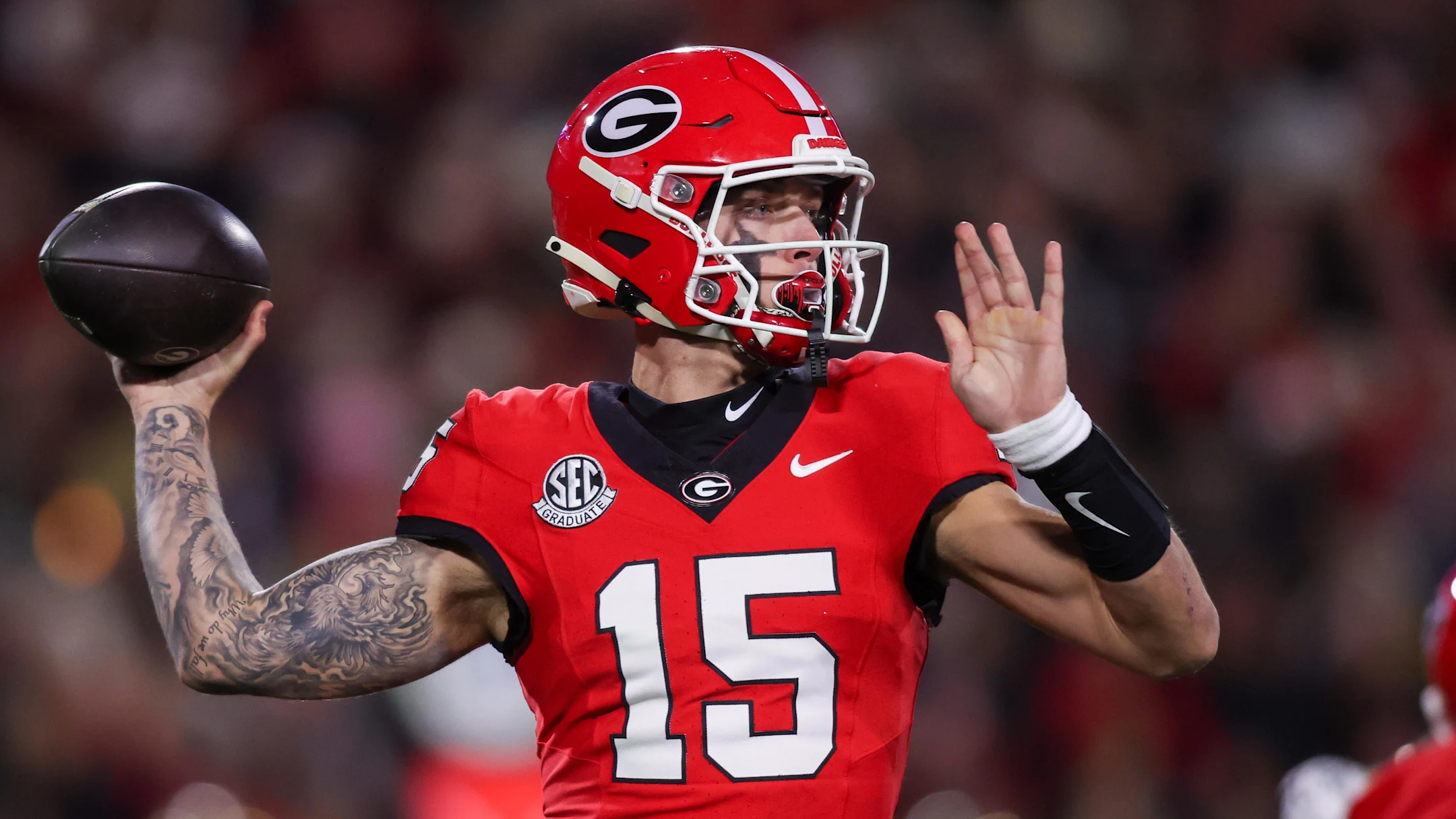Timeline: The road to name, image, likeness

1956
NCAA begins to allow student athletes to receive athletic scholarships, regardless of their academic ability or financial situation.
2004
Jeremy Bloom, a high school football and track star, was recruited to play football at Colorado. He had competed in Olympic and professional World Cup skiing events, becoming the World Cup champion in freestyle moguls. He also had endorsement deals with ski equipment providers and Tommy Hilfiger. His attempts to legally challenge the NCAA and regents of the University of Colorado to retain those partnerships while playing college football are denied.
2008
Jason White, a former Stanford football player, leads a class-action lawsuit challenging the NCAA’s restrictions on the monetary value of athletic scholarships. The lawsuit argues that the formula, which consists of tuition, mandatory fees, room, board and required books, equals less than the actual cost of attending college, as it does not include numerous other miscellaneous expenses. Under the settlement, schools are permitted to purchase health insurance for athletes. The NCAA also sets up a $10 million fund from which past athletes could claim up to $500 for “career development expenses” and another $2,500 for “educational expenses.”


